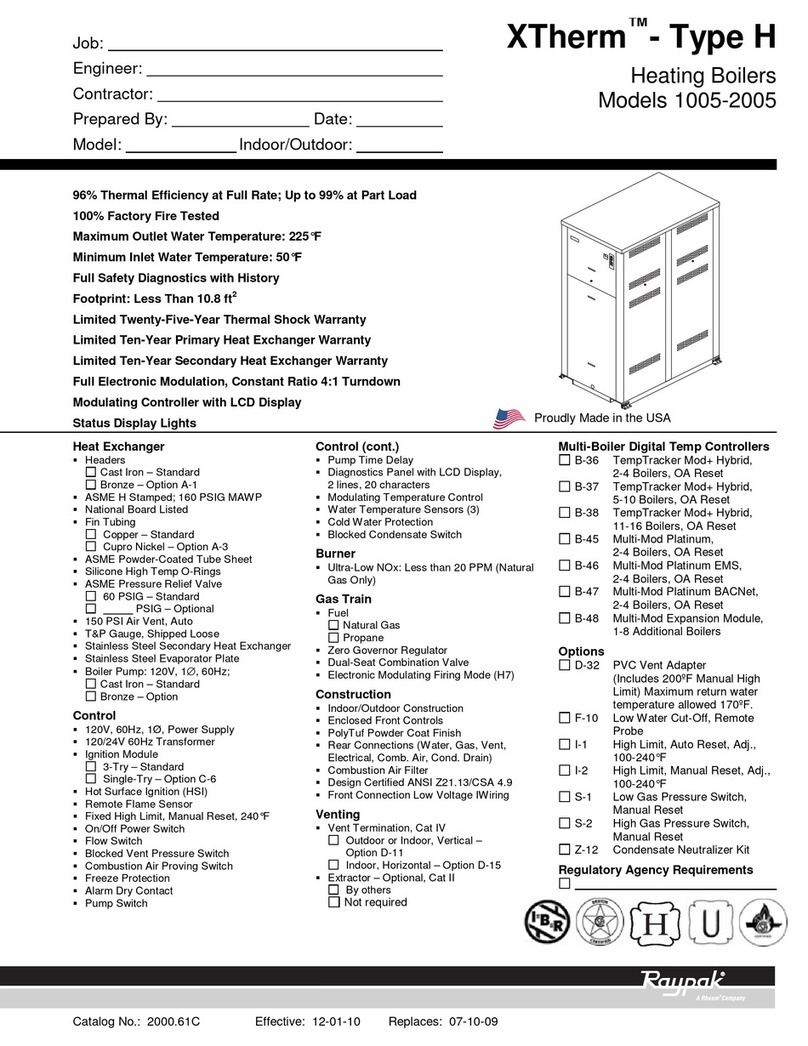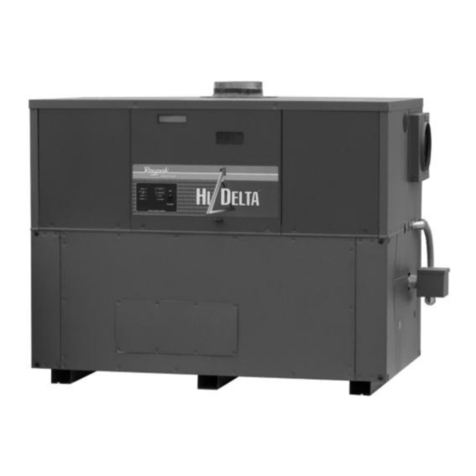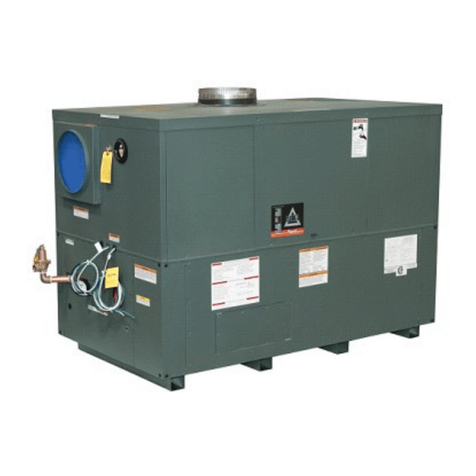Raypak 0090B 0135B User manual
Other Raypak Boiler manuals
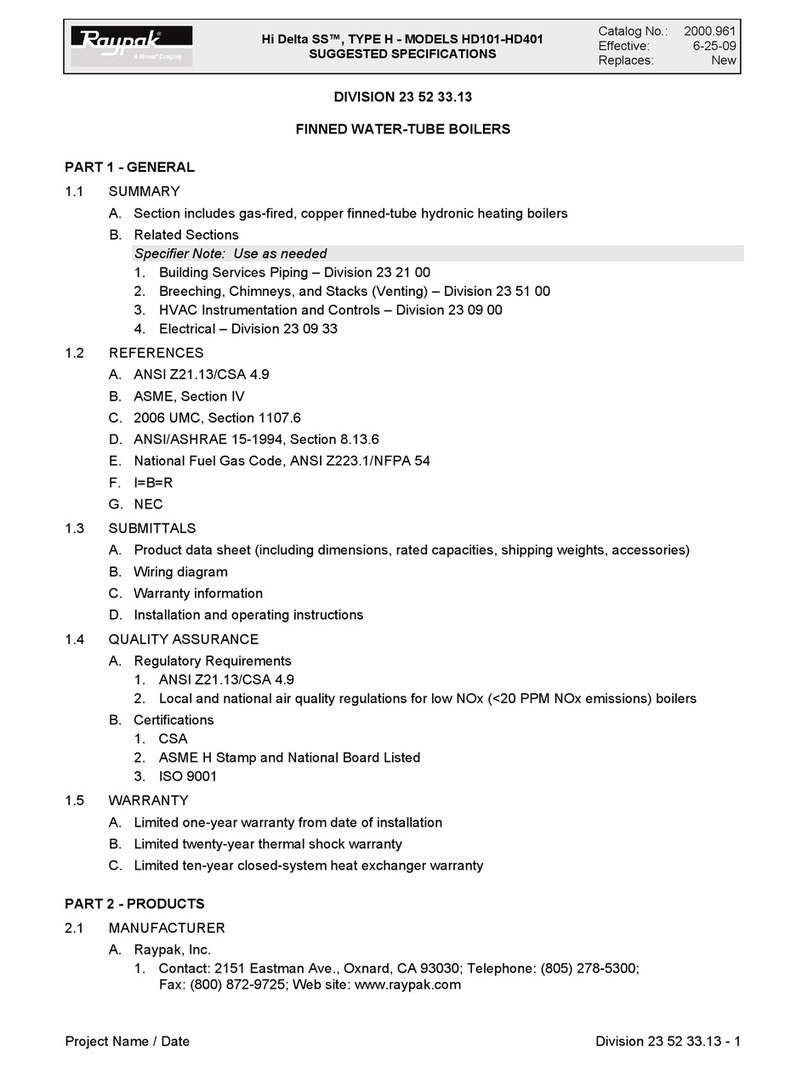
Raypak
Raypak HI DELTA HD101 THRU 2342B User manual
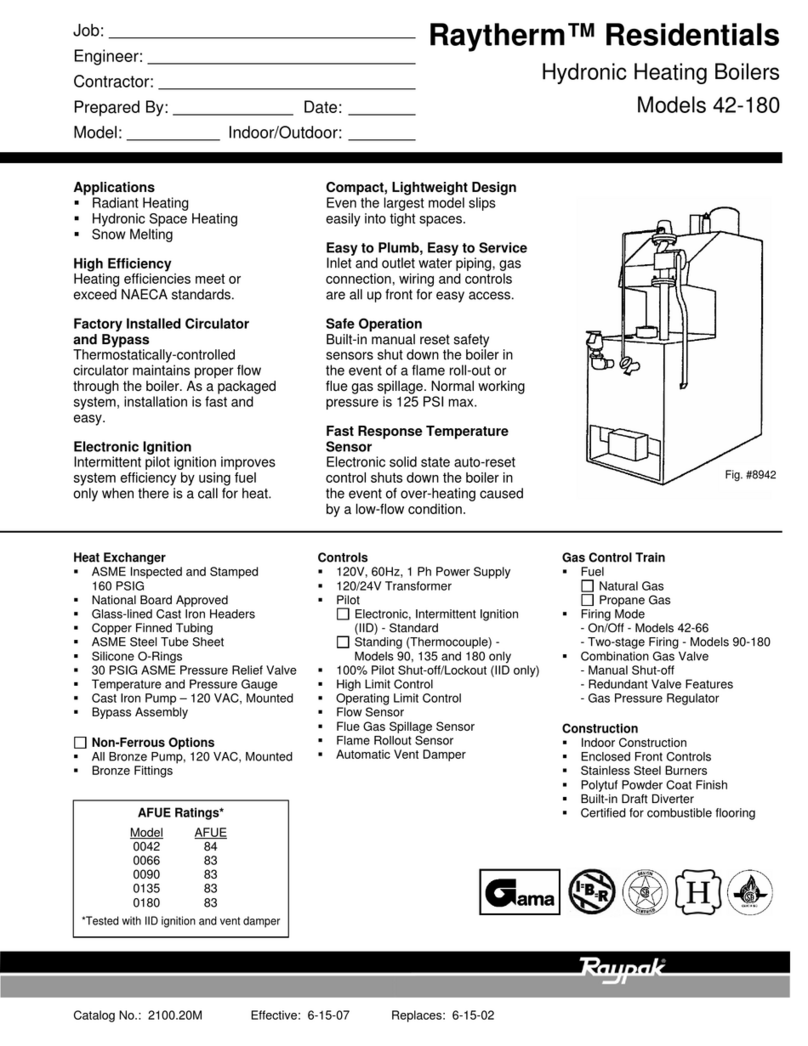
Raypak
Raypak Hydronic Space Heating 42-180 User manual

Raypak
Raypak 241275 User manual
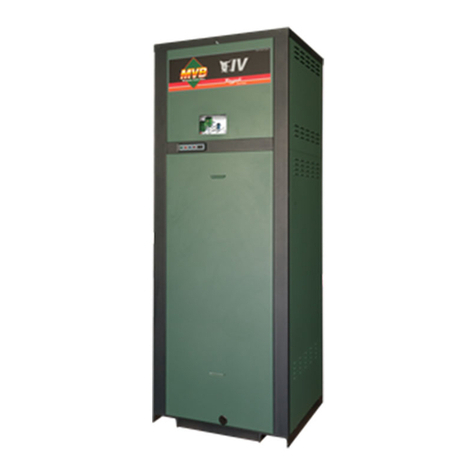
Raypak
Raypak MVB 503 Manual
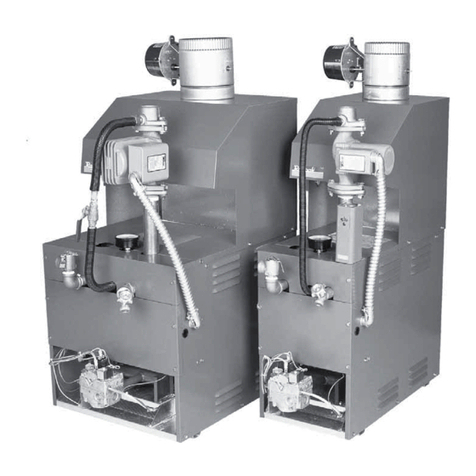
Raypak
Raypak 180B User manual
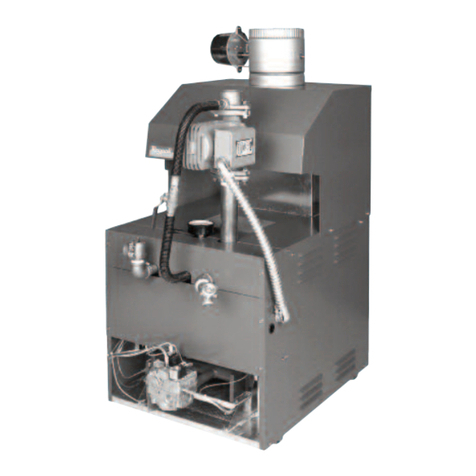
Raypak
Raypak RAYTHERM 0042B Manual

Raypak
Raypak XFYRE 500 Guide

Raypak
Raypak DELTA LIMITED 989B-2339B User manual

Raypak
Raypak 2503 Manual
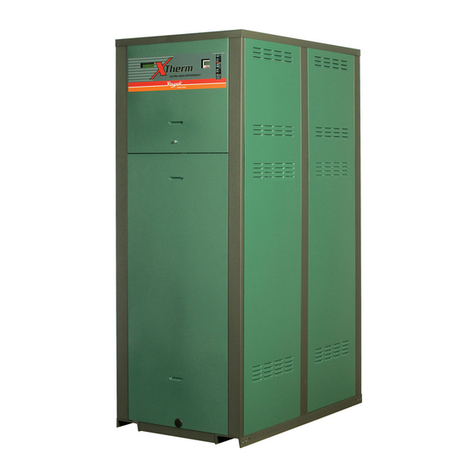
Raypak
Raypak Xtherm 1005 Manual
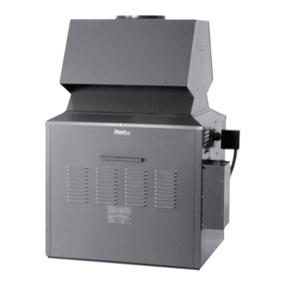
Raypak
Raypak RAYTHERM 133-4001 Manual
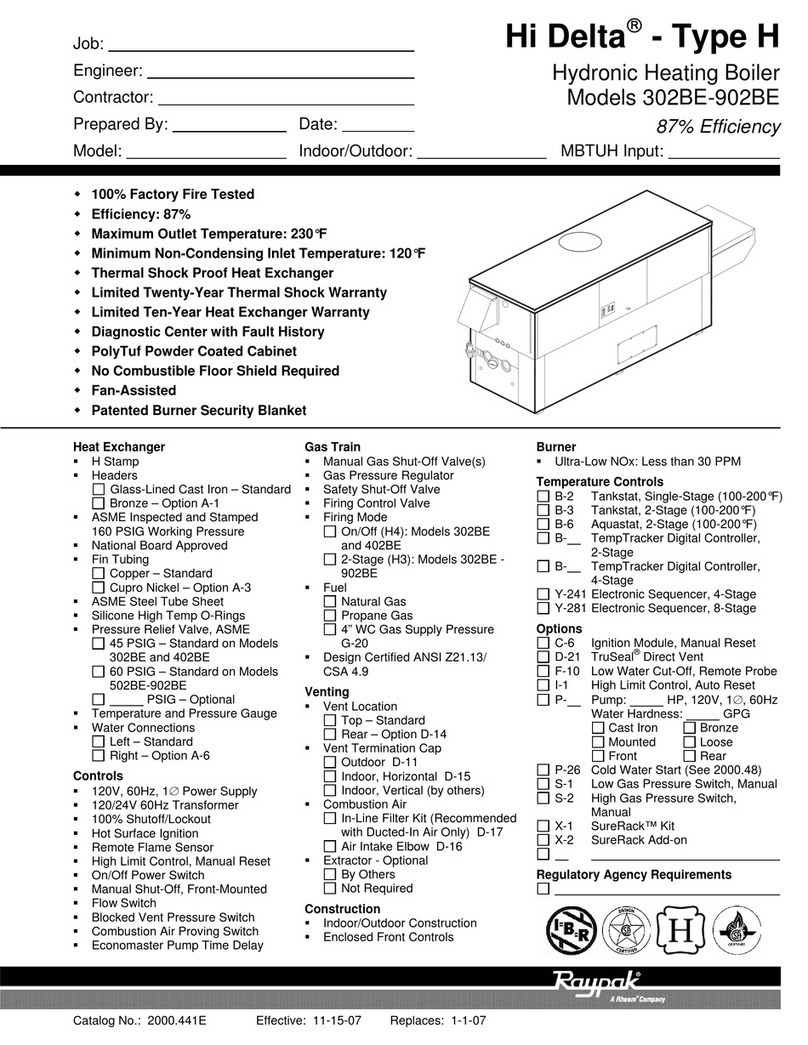
Raypak
Raypak 302BE-902BE User manual

Raypak
Raypak Xtherm 1005 Setup guide
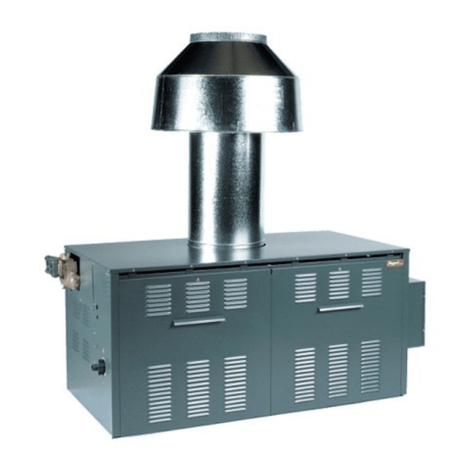
Raypak
Raypak RAYTHERM H-962 User manual
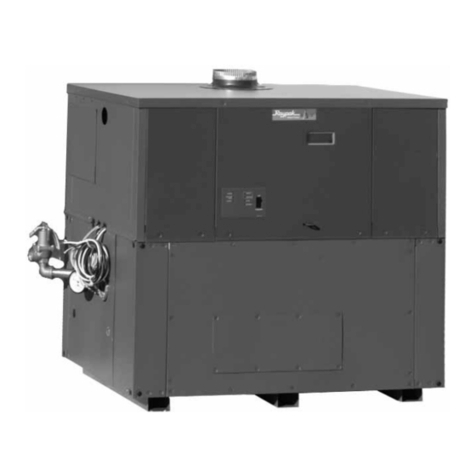
Raypak
Raypak Hi Delta 302A-902A User manual
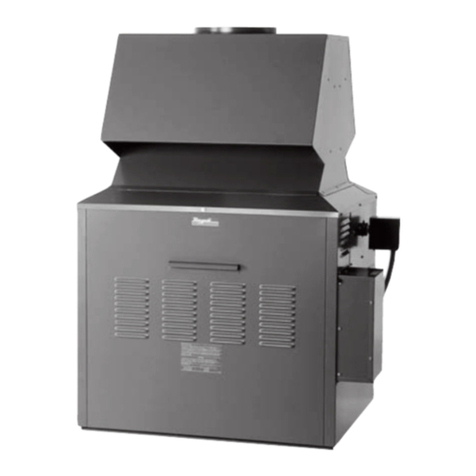
Raypak
Raypak 0133-4001 User manual
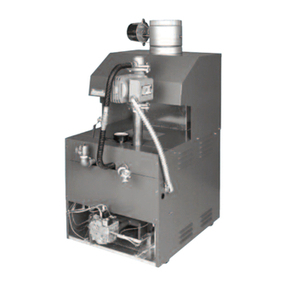
Raypak
Raypak RAYTHERM H-0042 User manual
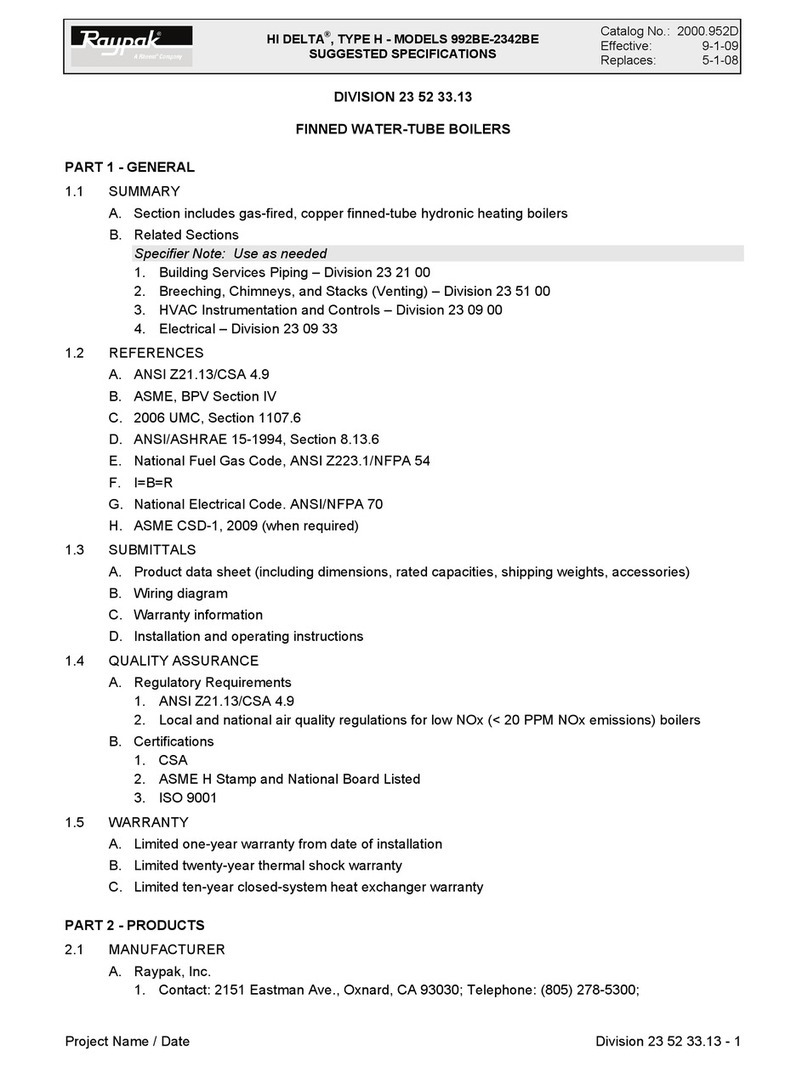
Raypak
Raypak 2342BE User manual
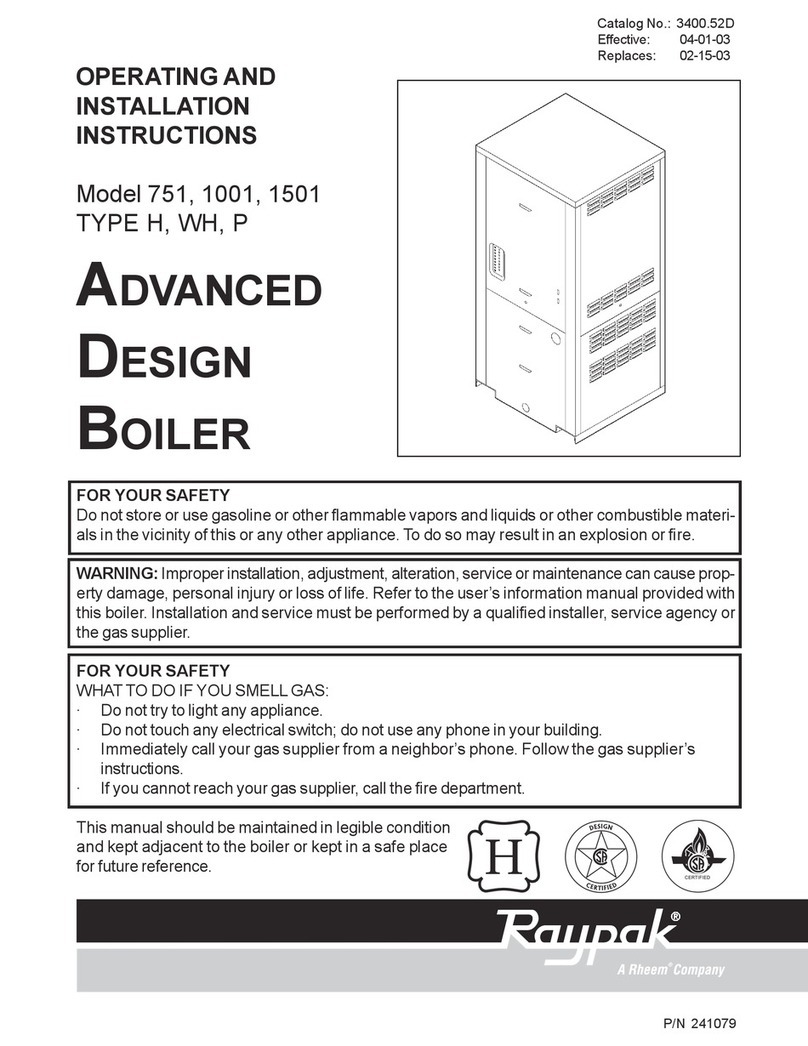
Raypak
Raypak 1001 Specification sheet
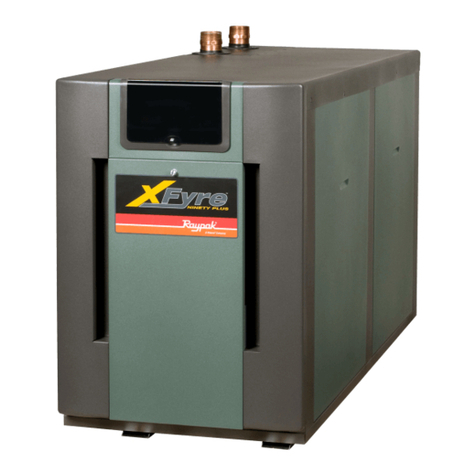
Raypak
Raypak XFYRE 500 User manual
Popular Boiler manuals by other brands
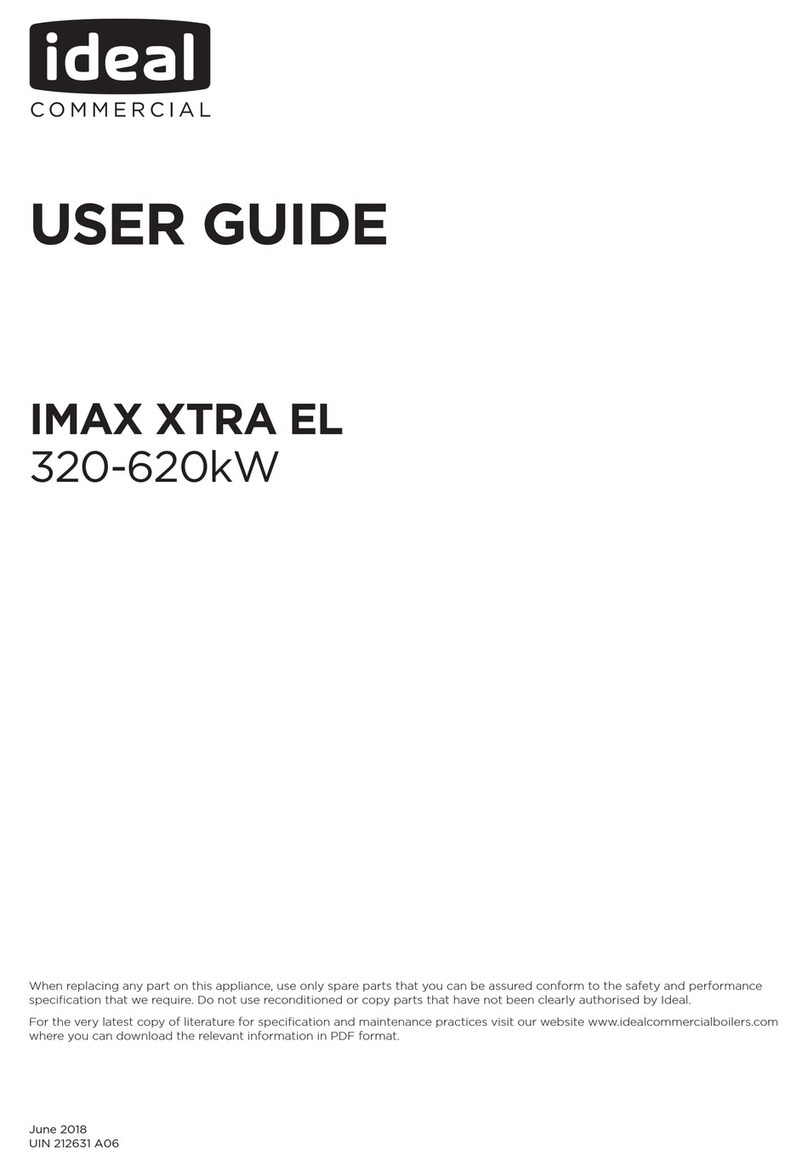
IDEAL
IDEAL IMAX XTRA EL 320 user guide
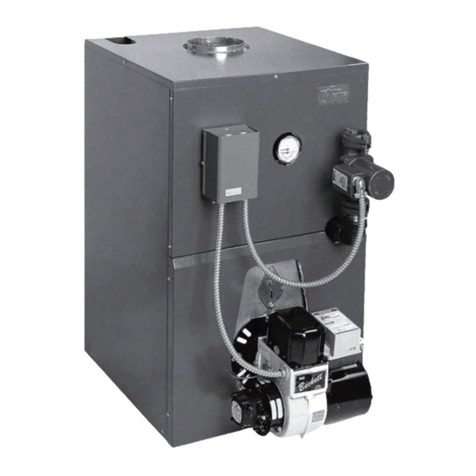
UTICA BOILERS
UTICA BOILERS BC3D Installation, operation & maintenance manual
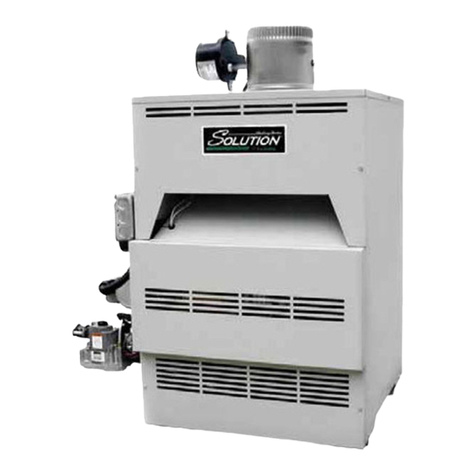
Lochinvar
Lochinvar SOLUTION 260000 Installation & service manual
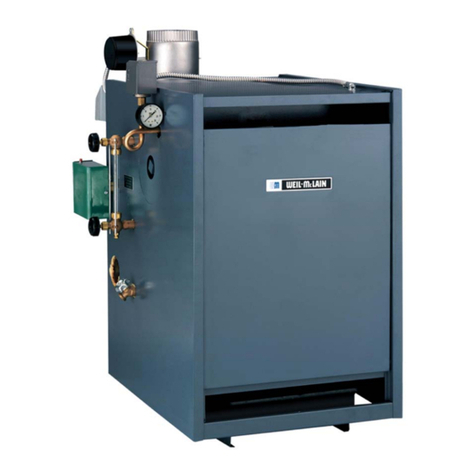
Weil-McLain
Weil-McLain EG 6 Series manual
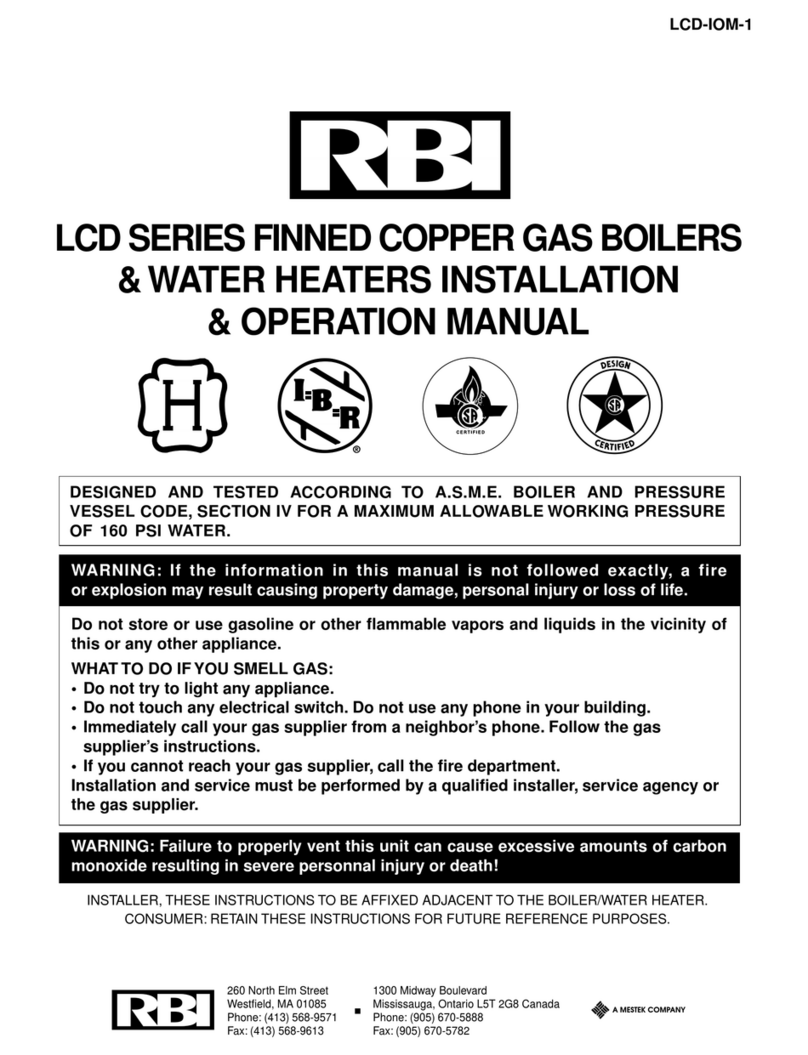
RBI
RBI LCD Series Installation & operation manual
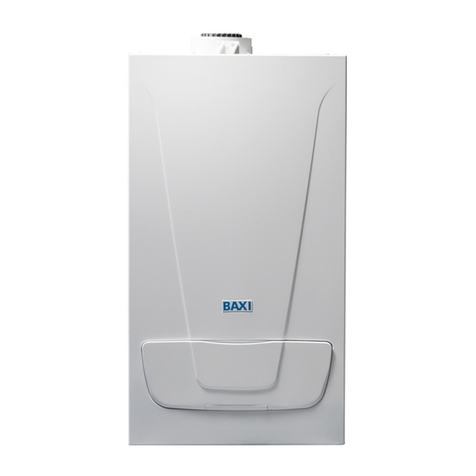
Baxi
Baxi MainEco Combi 28 Installation and service manual
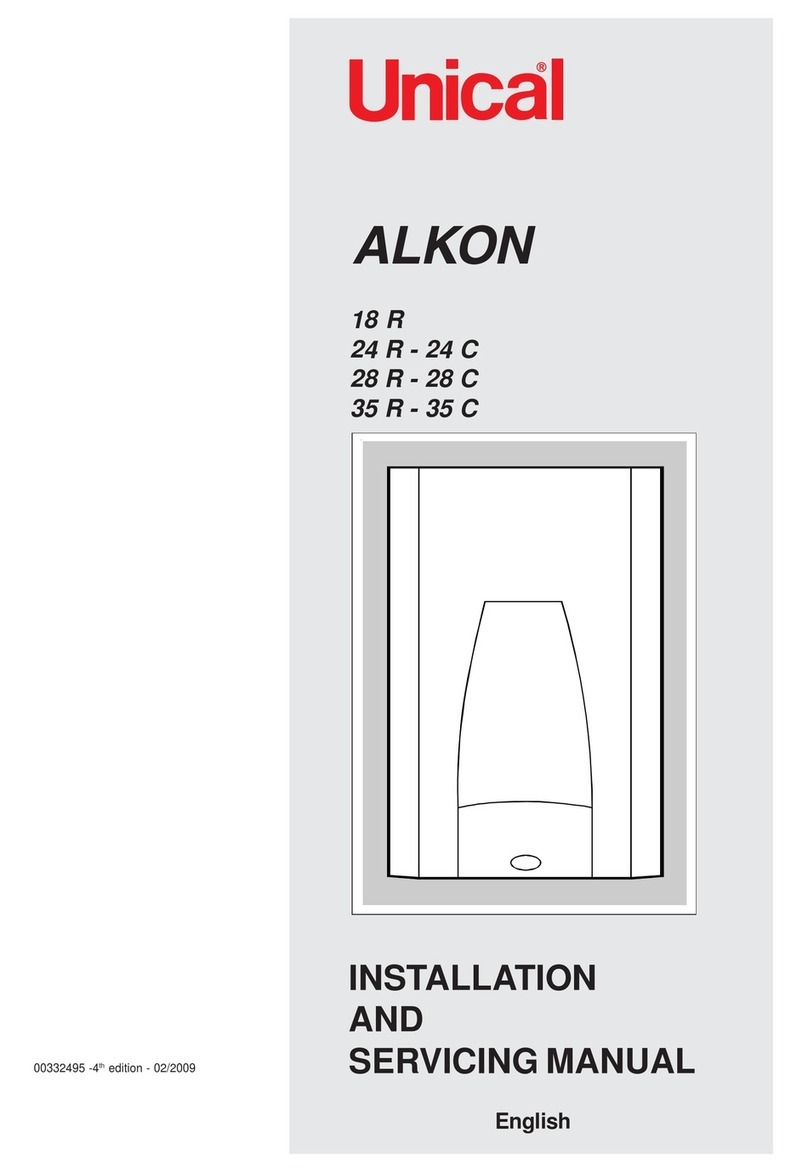
Unical
Unical ALKON R 24 Installation and Servicing Manual
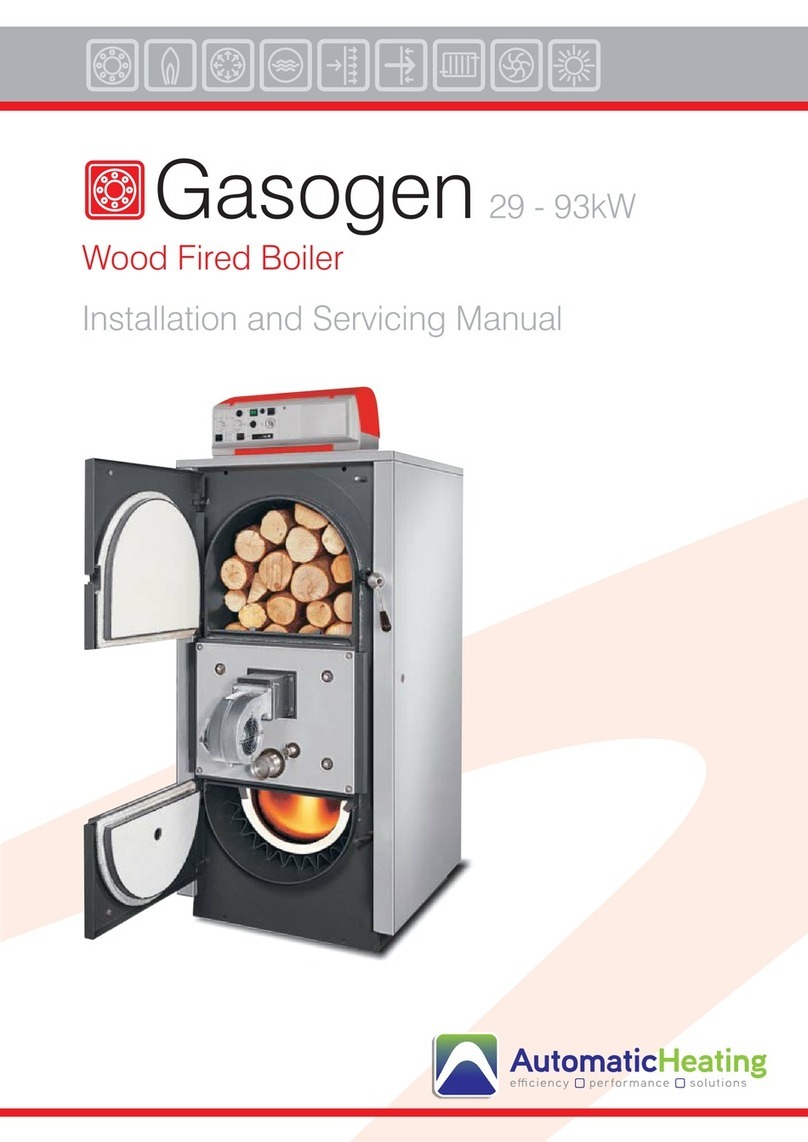
Automatic Heating
Automatic Heating Gasogen Installation and Servicing Manual

Viessmann
Viessmann VITORADIAL 300-T Type VR3 Service instructions for contractors
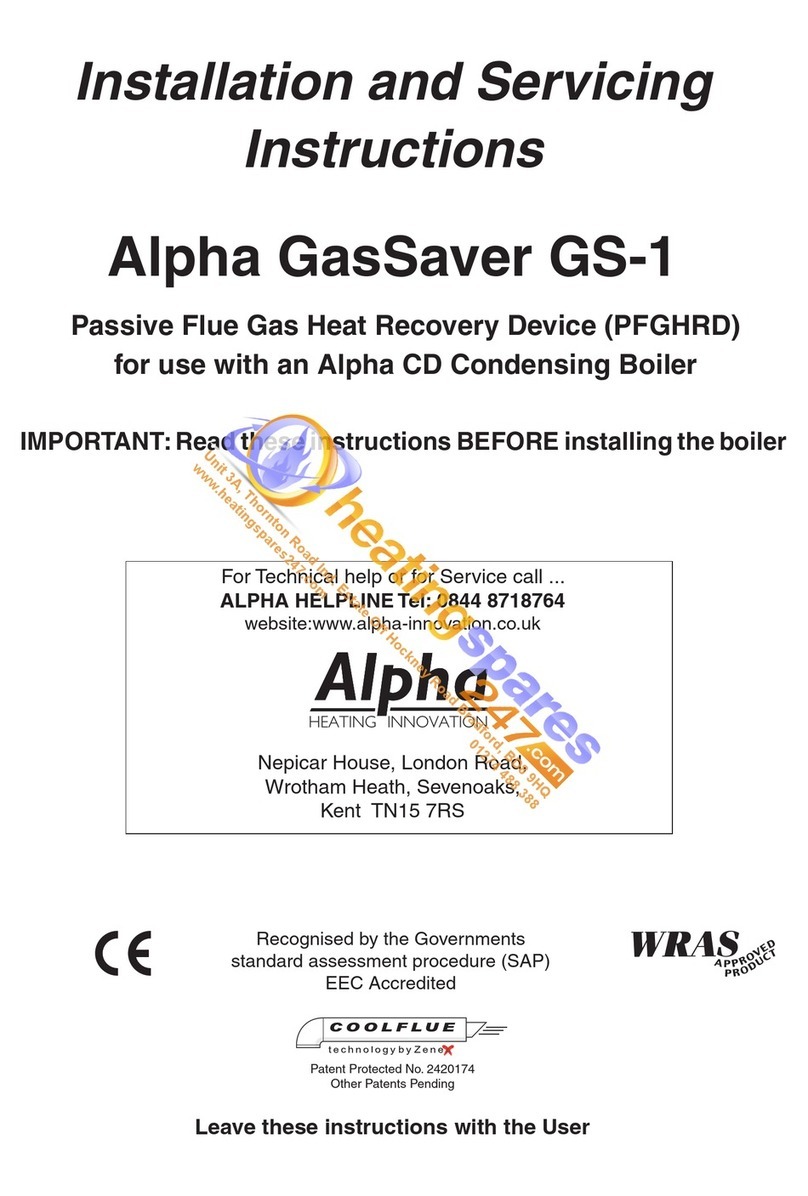
Alpha
Alpha GasSaver GS-1 Installation and servicing instructions

Baxi
Baxi ROCA LAURA PLUS 28/28 Operating, cleaning and maintenance instructions for the user
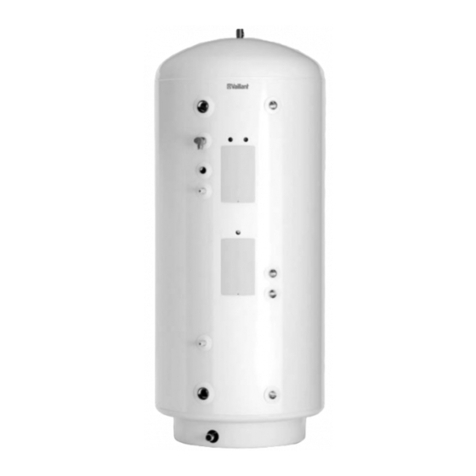
Vaillant
Vaillant uniSTOR VIH SW GB 500 BES operating instructions

Kärcher
Kärcher HWE 4000 Gas manual
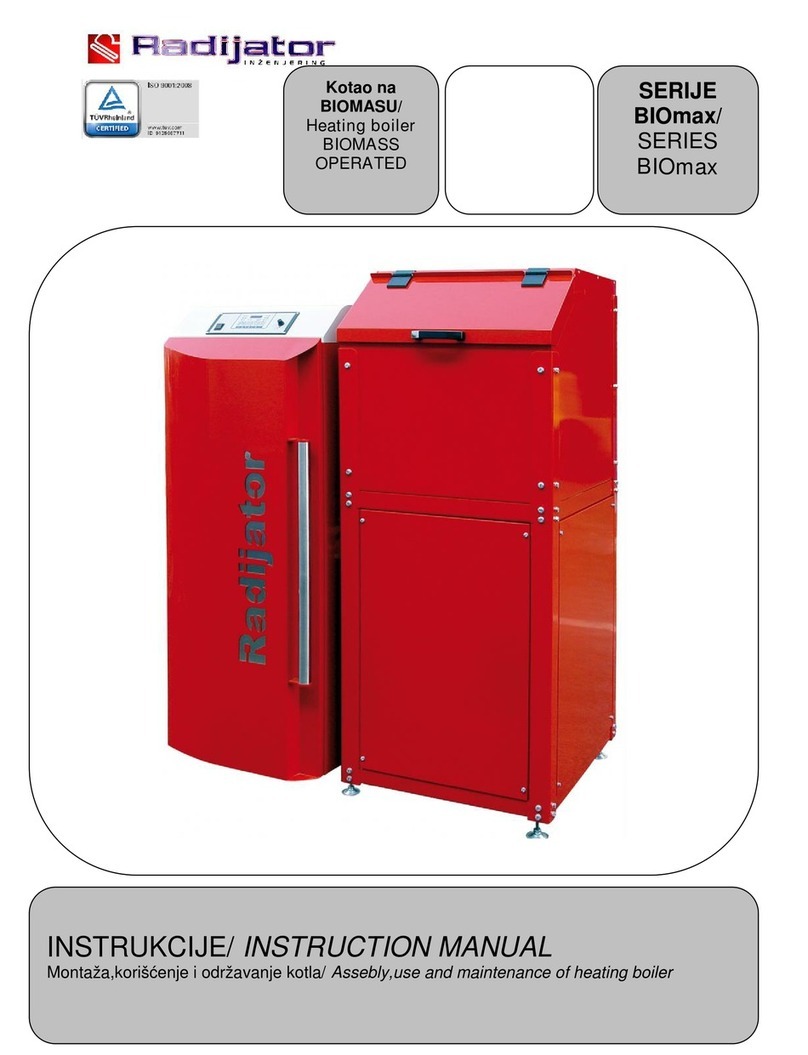
Radijator
Radijator BIO max 23.1 instruction manual

Granby
Granby BKC Installation, operation and maintenance manual
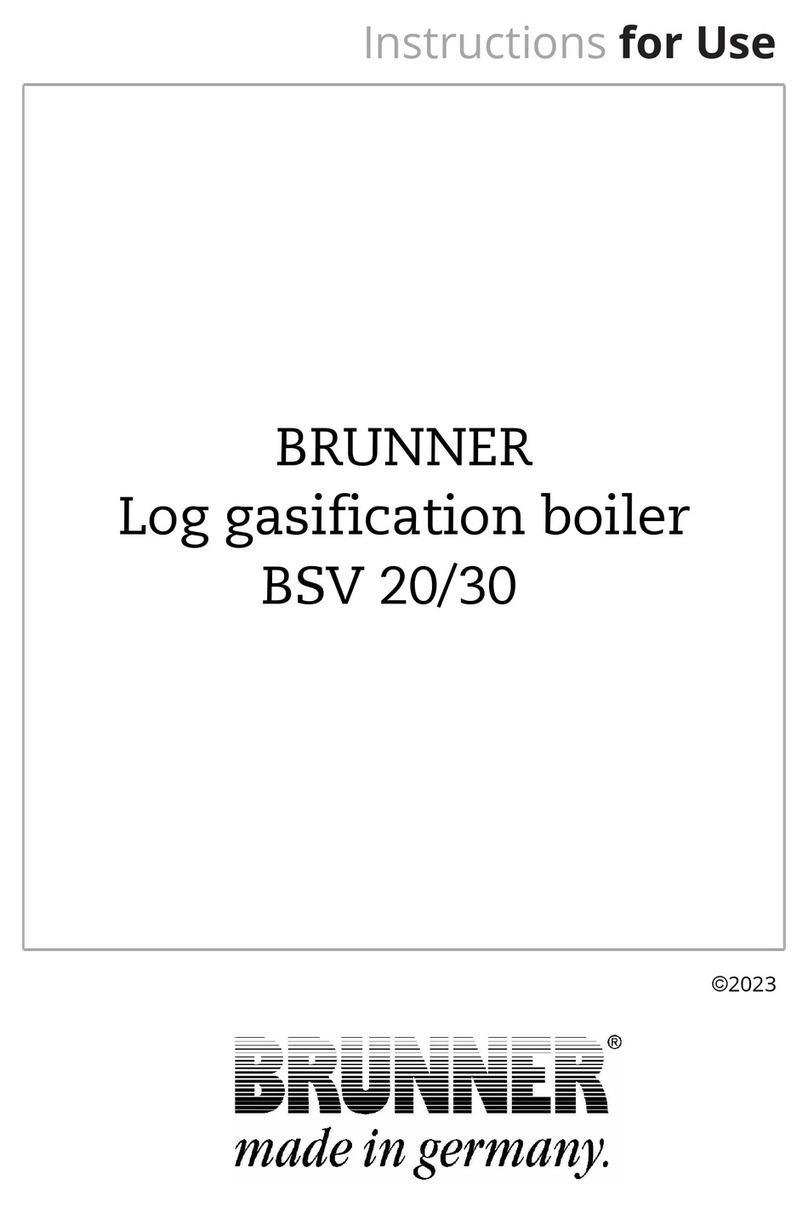
Brunner
Brunner BSV 20 Instructions for use

Potterton
Potterton 50e Installation and Servicing Manual
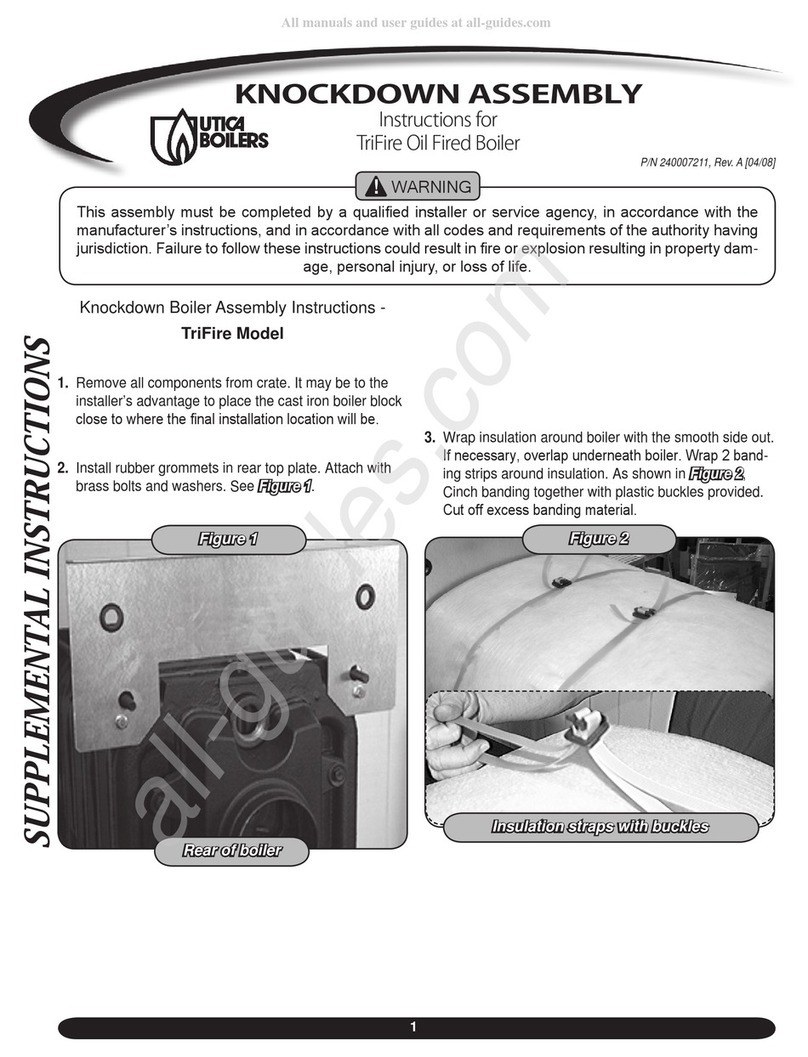
UTICA BOILERS
UTICA BOILERS TriFire Assembly instructions
